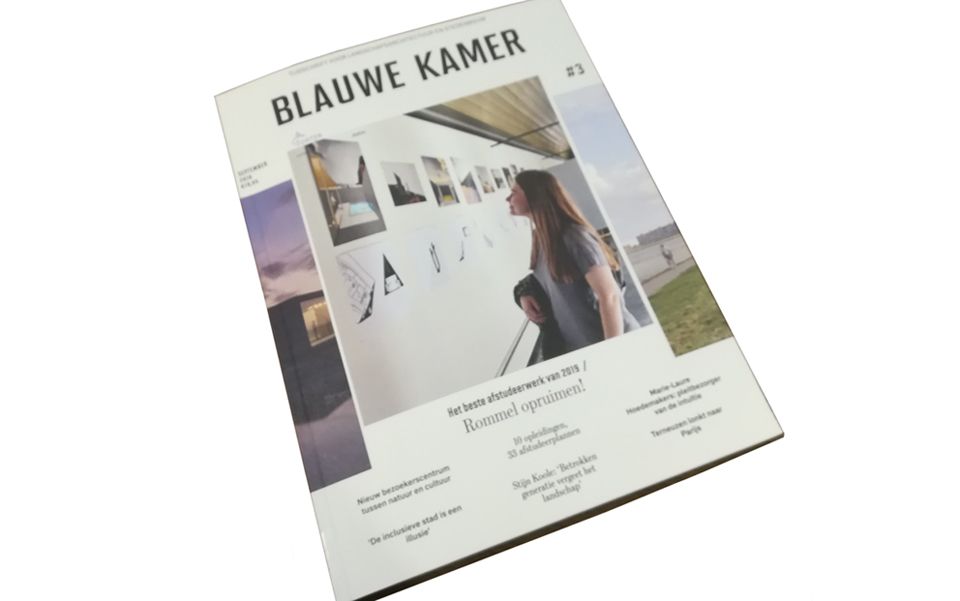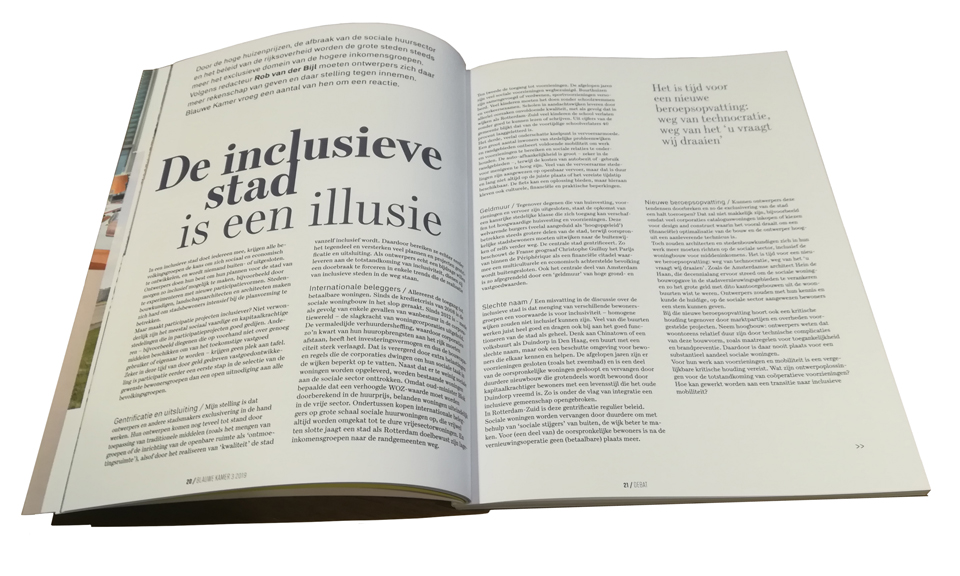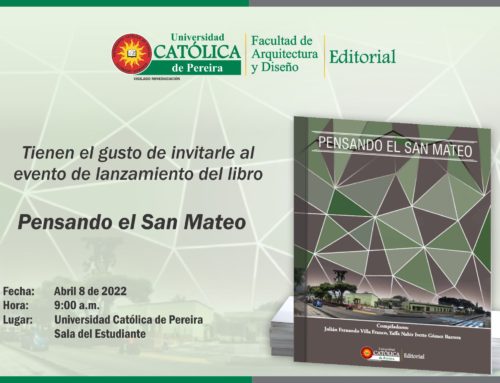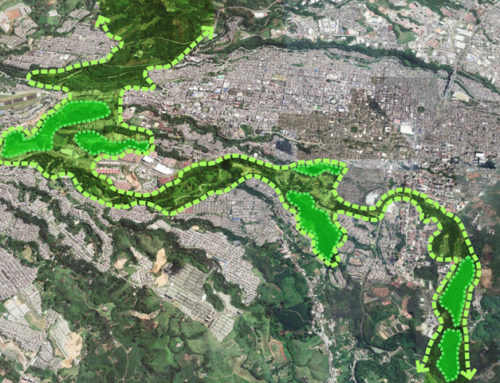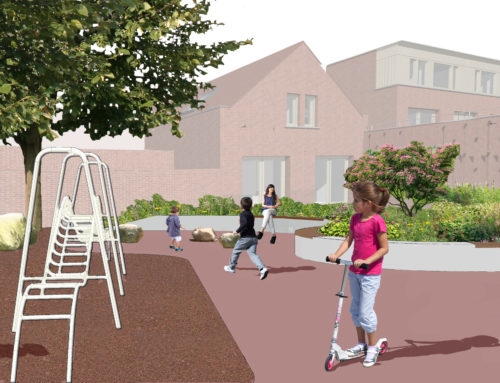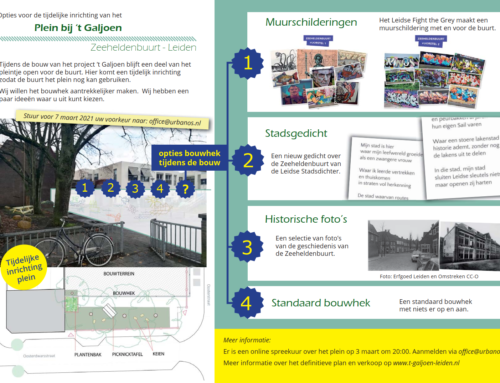The autumn issue of the Blauwe Kamer magazine asks whether the inclusive city is an illusion. The editor Rob van der Bijl describes mechanisms that do not allow the city to be inclusive. For example, he denounces participation. Empowered citizens, with sufficient social skills and capital, often receive attention in participation processes. Other groups are not heard because they are unable to find the way to public participation. When development is finally started, environments are created that are not inclusive. Partly caused by international investors pushing up prices or shifting houses from social to expensive rent. Partly caused by the fact that social facilities and programs have been phased out, such as community centers and school swimming, so that residents have fewer opportunities. Finally, he points to the transport poverty because the car is still very dominant and is financially inaccessible for many. Those who do benefit are the group that does better economically. Rob calls on designers, architects and urban planners to stop this trend and to be more socially engaged.
Robbert-Jan van Veen (Plein06), Jos Gadet (municipality of Amsterdam) and Arna Mačkić (Studio LA) and Pepijn Verpaalen (URBANOS) responded to this statement. In our response, we mainly focused on what we as urban planners and designers can do about inclusivity towards an inclusive city. We notice that the differences between people are often looked at, such as ethnicity, age or educational level. For us, however, the search for what connects different groups is central to making the city more inclusive.


